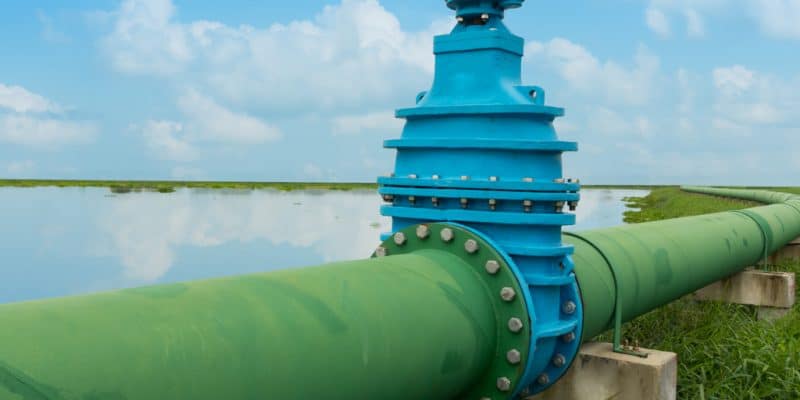In Togo, the government is launching the operational phase of the Project for the Improvement of Drinking Water and Sanitation Management in Smaller Centers in the Maritime Region (PAGEPC). The three-year project will be implemented in the councils of Avé 2 and Zio 2, where rehabilitation work and the extension of water networks will be carried out.
While the rate of drinking water supply is about 70% in urban areas compared to 68% in rural areas in Togo, the authorities of this West African country want to achieve universal coverage by 2030. It is within this framework that the Project for the Improvement of Drinking Water and Sanitation Management in Small Centers of the Maritime Region (PAGEPC) has been launched. This region located in the south of Togo has 3 million inhabitants, the majority of whom live in the councils of Avé 2 and Zio 2.
In these two localities, the PAGEPC will extend until 2025. This initiative aims to create a technical service for drinking water and sanitation, to carry out rehabilitation work and to extend the water and sanitation networks. The project will also enable the establishment of a local institutional and legal framework for the management of public drinking water and sanitation services in the beneficiary councils.
“The PAGEPC is part of the National Action Plan for the Water and Sanitation Sector (PANSEA), the Support Program for Reforms and Governance (PARG), the National Development Plan (NDP) 2018-2022, and the Presidential Roadmap 2020-2025,” explains Togo’s Minister of Water and Village Hydraulics, Bolidja Tièm.
The 438 million FCFA (about 657,000 euros) initiative will be implemented by the association Pioneers in Action for Environmentally Integrated Development (PADIE), a partner that supports the Togolese government in important projects related to the supply of water to urban populations.
In this West African country, the authorities have launched numerous programs in recent years to improve access to water in several cities.
Projects to improve water supply in urban areas
In 2022, a budget of 23 billion CFA francs (35.1 million euros) will allow for the installation of 700 human-powered pumps in schools in Savanes and Kara (PASSCO), two regions in northern Togo. Other investments will allow for the construction of mini drinking water supply systems and 185 autonomous solar-powered water stations under the Water and Sanitation Program co-financed by the Islamic Development Bank (IsDB) and the West African Economic and Monetary Union (WAEMU) Commission.
Read also-TOGO: The government draws up a master plan for drinking water in Lomé
In addition to these projects, the Togolese government has launched a program to improve the drinking water supply in the city of Lomé (AEP-Lomé) in 2021. The first project concerns the construction of a water tower with a storage capacity of 1,300 m3 in the council of Golfe 7. At the end of the works, the installation will allow the supply of the populations of Sagbado, Ségbé, Lankouvi, Apédokoè and Yokoè.
Benoit-Ivan Wansi






